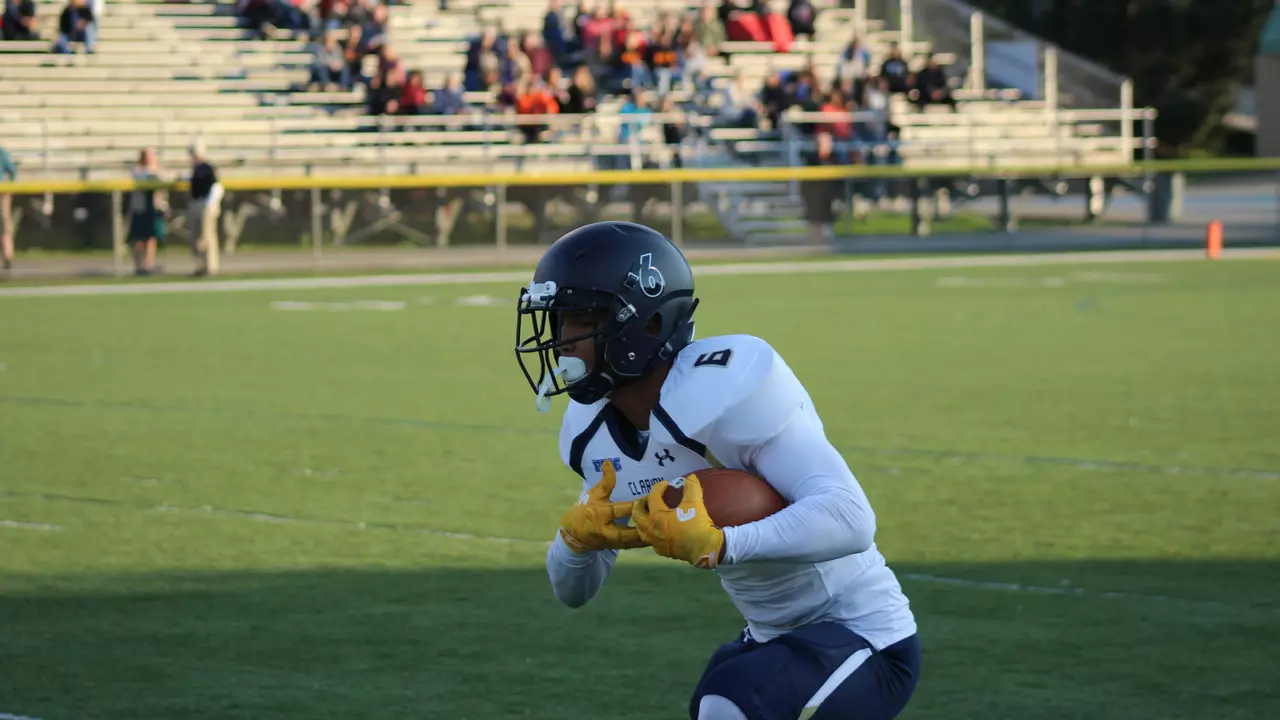Sports Safety: Simple Steps to Play Football Without Getting Hurt
Ever watched a match and thought, "That could have gone better if they hadn't gotten injured"? You’re not alone. Keeping players safe is as important as scoring goals. Below are real‑world tips you can start using today, whether you coach a junior team or just love a weekend kick‑about.
Gear Up the Right Way
The first line of defence is proper equipment. Soccer boots need the right sole for the surface – hard‑ground studs for firm pitches, rubber‑tipped shoes for dry grass. You don’t need spikes on every pair, but having the correct cleats can stop slips that lead to twisted ankles.
Don’t overlook shin guards. They should cover the entire shin, sit snugly, and be held in place with a comfortable strap. Loose guards are worse than none because they shift during play and miss the impact.
Kids often ask if they should deflate a ball before a game. The answer: keep the ball at the recommended pressure. A ball that's too soft or too hard changes how the foot contacts it, increasing the chance of a mis‑kick and a sprain.
Smart Training to Avoid Injuries
Training isn’t just about running drills; it’s about building resilience. Warm‑ups that include light jogging, dynamic stretches, and basic ball touches raise body temperature and prepare muscles for sudden bursts.
Strength work matters too. Simple exercises like body‑weight squats, lunges, and core planks improve stability around the knees and hips. Strong cores also help players keep balance when they’re challenged for the ball.
Don’t forget recovery. Hydration, a quick cool‑down stretch, and a few minutes of light walking help flush out lactic acid and reduce soreness that can turn into a strain later in the week.
Finally, keep an eye on the field. Wet patches, uneven ground, or debris are hidden hazards. A quick scan before each session lets you move the game to a safer spot or clear the area.
By combining the right gear, proper warm‑ups, strength work, and field awareness, you can cut down the odds of common football injuries like ankle sprains, hamstring pulls, and shin bruises. Safety isn’t a one‑time checklist; it’s a habit that makes every game more enjoyable.
Ready to put these tips into practice? Grab the appropriate cleats, check that ball pressure, run a 10‑minute dynamic warm‑up, and keep the pitch clean. Your team will thank you with fewer injuries and more goals.
